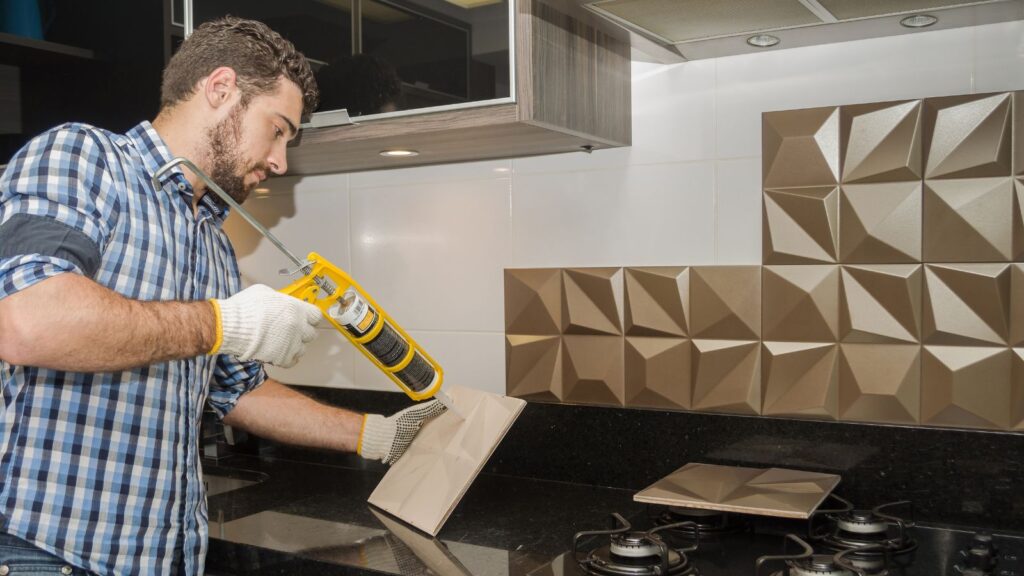We’ve all been there: scrolling through social media or watching a DIY show, convinced that we can save money and time by tackling home improvement projects ourselves. Some hacks look so easy and promising, but the truth is, not all DIY tricks are as beneficial as they seem. These are 19 home improvement hacks that might not actually help.
Painting Over Wallpaper
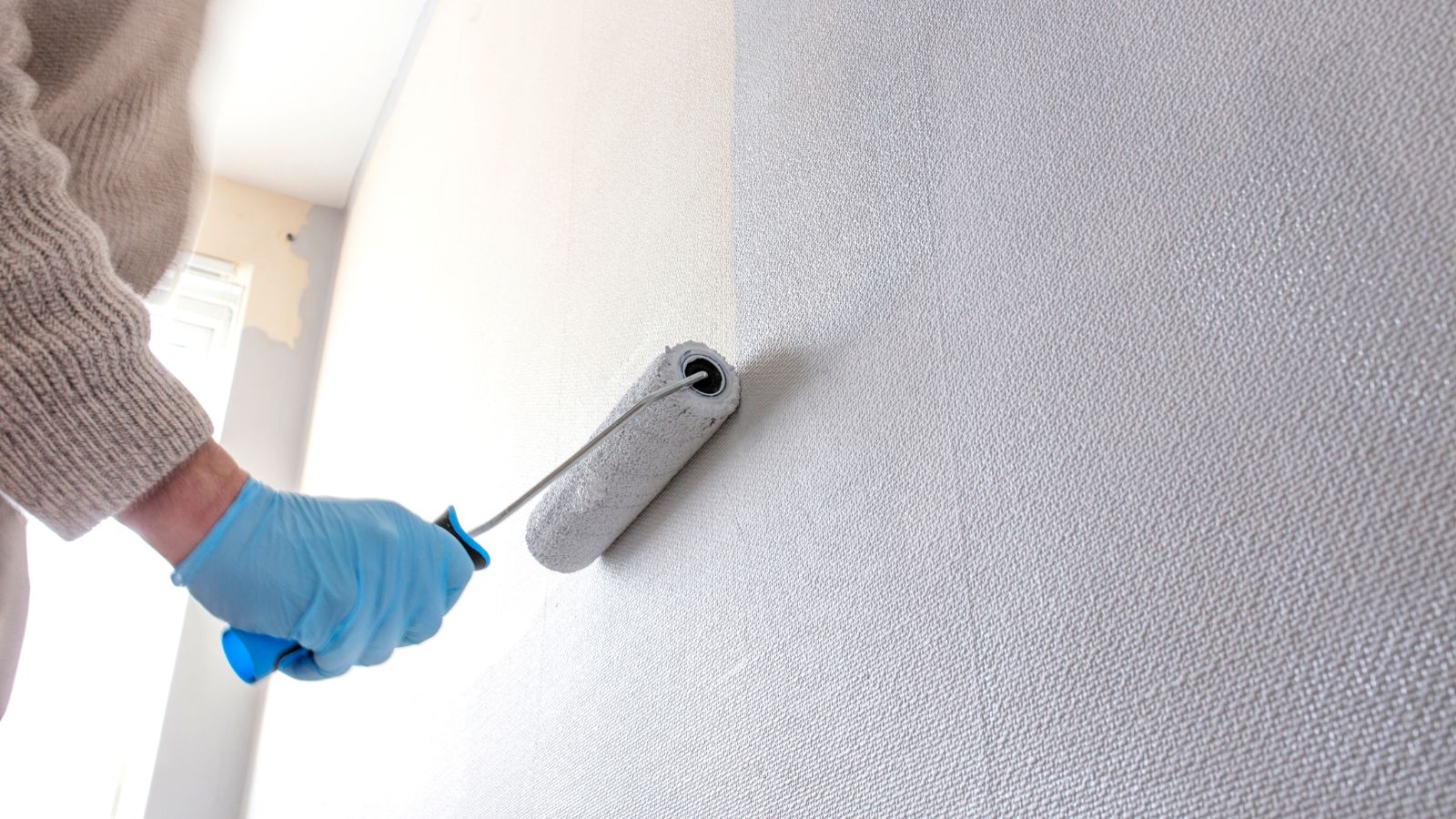
“No matter how many coats are used, paint will not cut it when covering up textured wallpaper,” says Better Homes & Gardens. At first glance, painting over wallpaper might seem like a quick and easy way to refresh a room. However, this shortcut can lead to peeling, bubbling, and an overall unsightly finish.
Using Duct Tape for Repairs
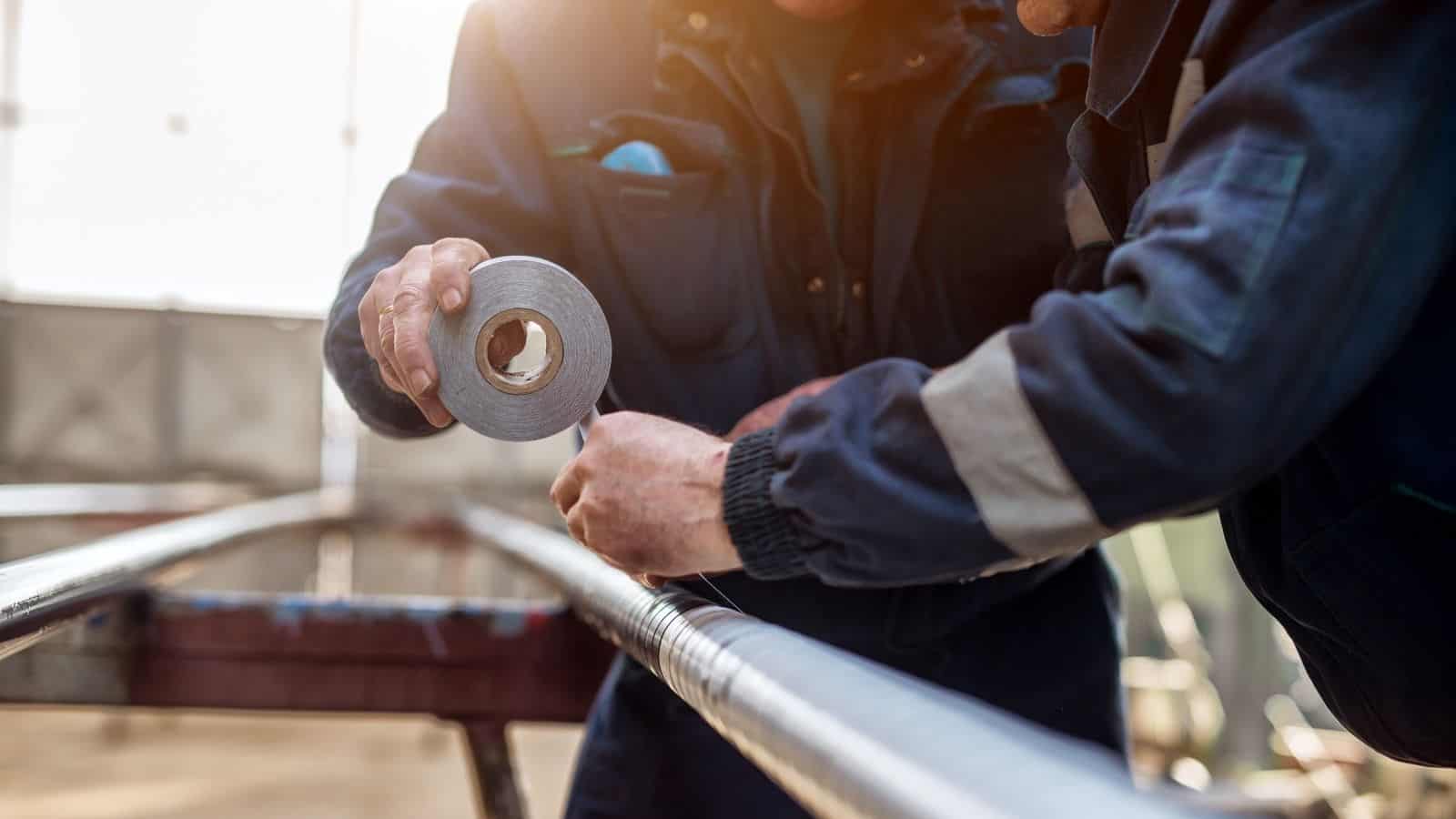
Duct tape is a favourite go-to for many quick fixes, but it’s not the miracle solution it’s often portrayed to be; while it’s great for temporary fixes, duct tape can deteriorate over time and doesn’t hold up well under stress or in humid conditions.
DIY Electrical Work
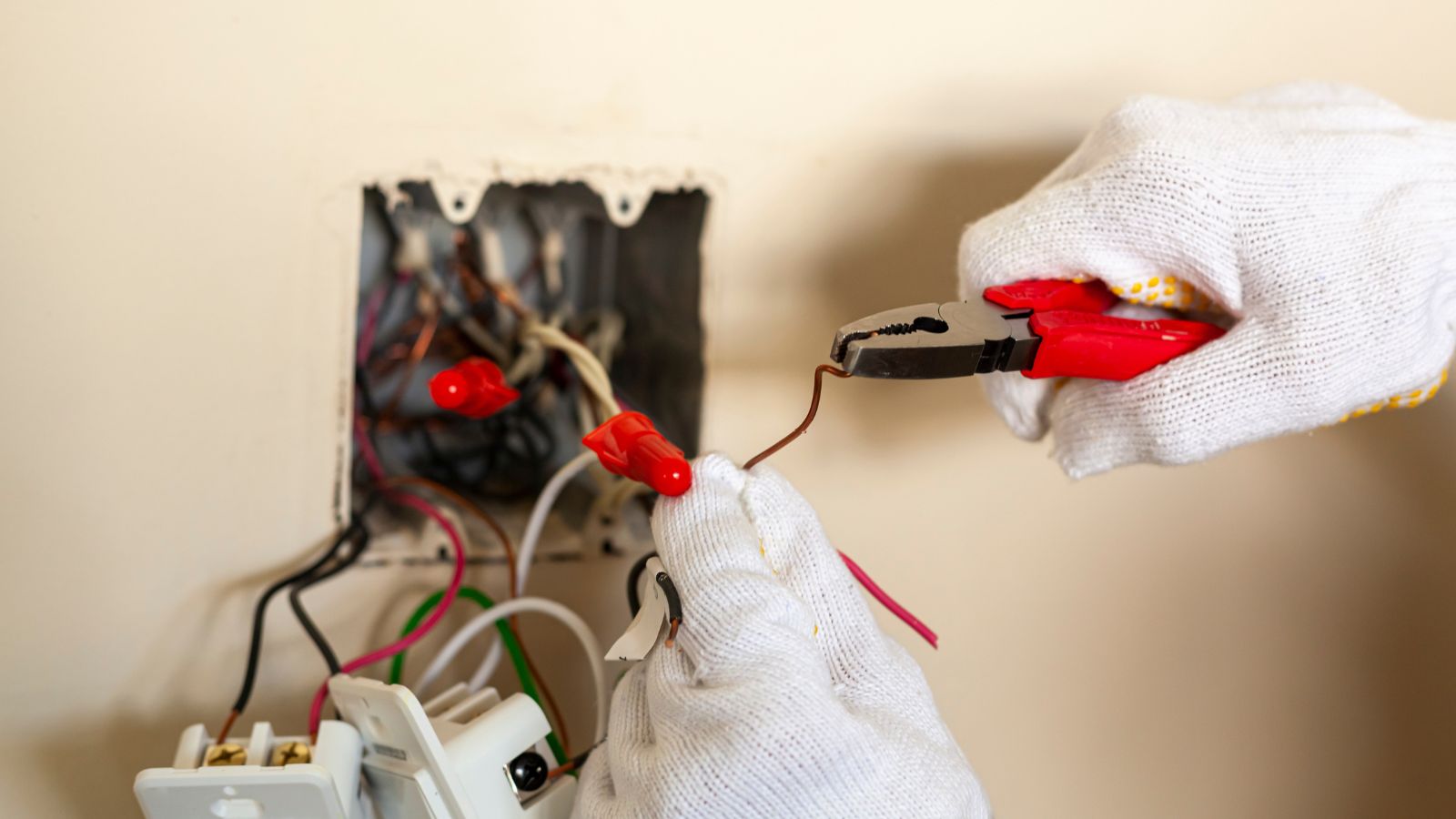
Tackling electrical work yourself can seem like a good way to save money, however it’s a dangerous and potentially illegal endeavour. Incorrect wiring can cause fires, electrical shocks, and other hazards. Always hire a licensed electrician to handle electrical work to ensure it’s done safely and up to code.
Misusing Caulk
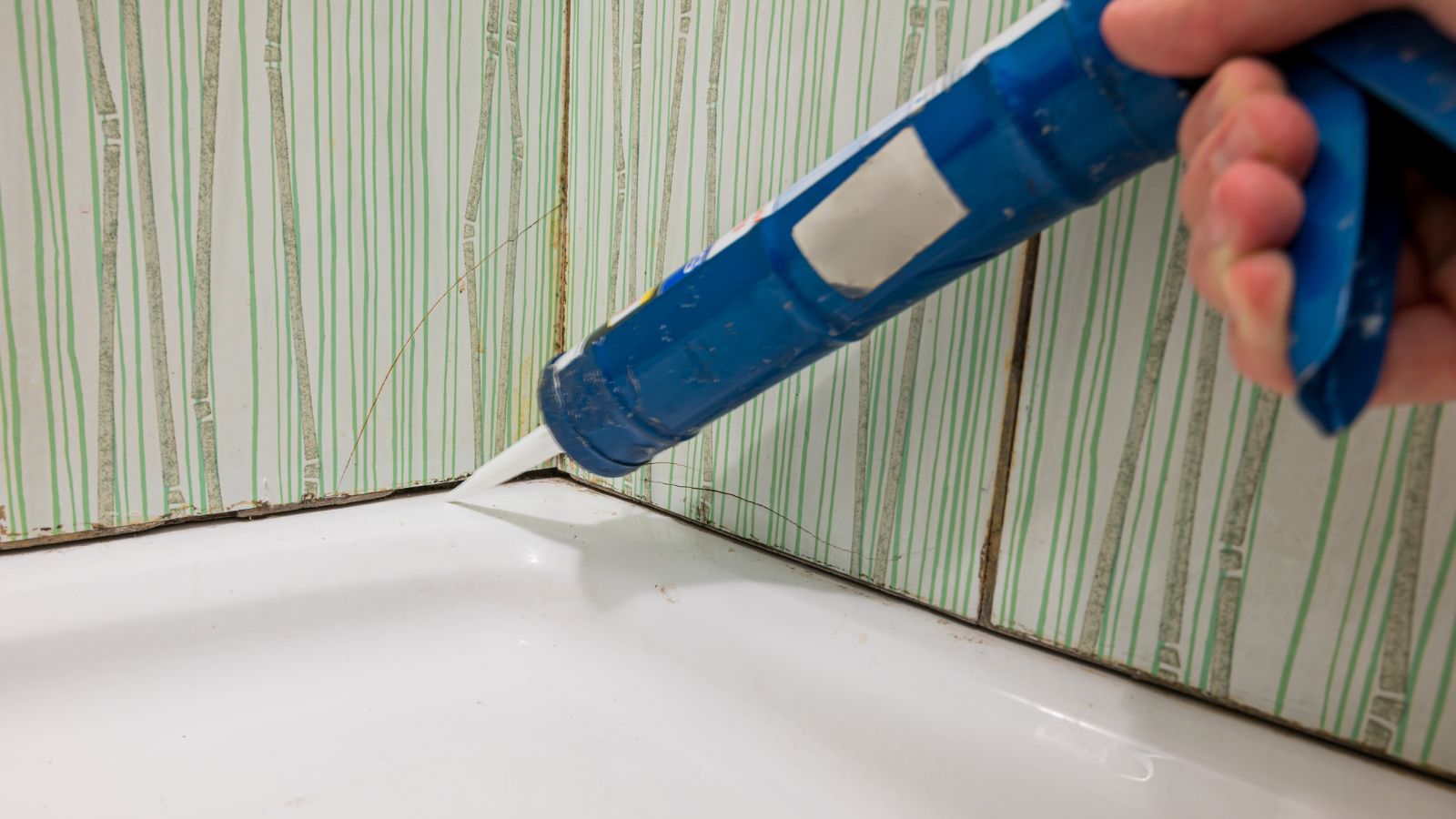
Caulking seems like a simple task, but be careful of using the wrong type of caulk or applying it improperly as it can cause more harm than good. For example, using kitchen and bath caulk on windows won’t provide the necessary insulation, leading to drafts and water damage.
Painting Tile
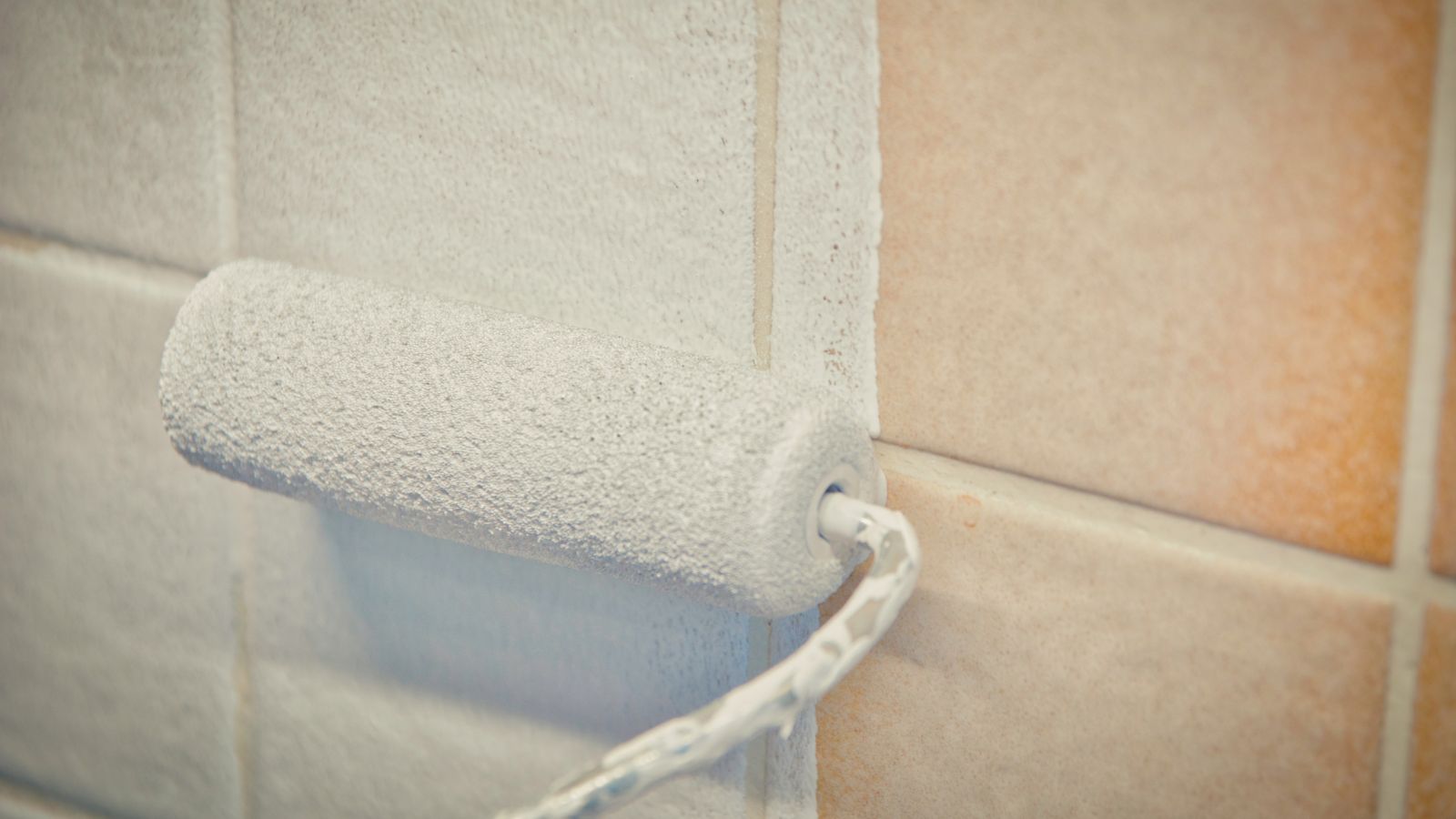
It seems like an easy option, but painting over tile is not a durable solution. Tiles, especially in high-traffic areas like bathrooms and kitchens, are subject to a lot of wear and tear. Painted tiles can chip, peel, and fade quickly. Instead, consider replacing the tiles or using tile decals as a temporary—less invasive—fix.
Ignoring Proper Ventilation
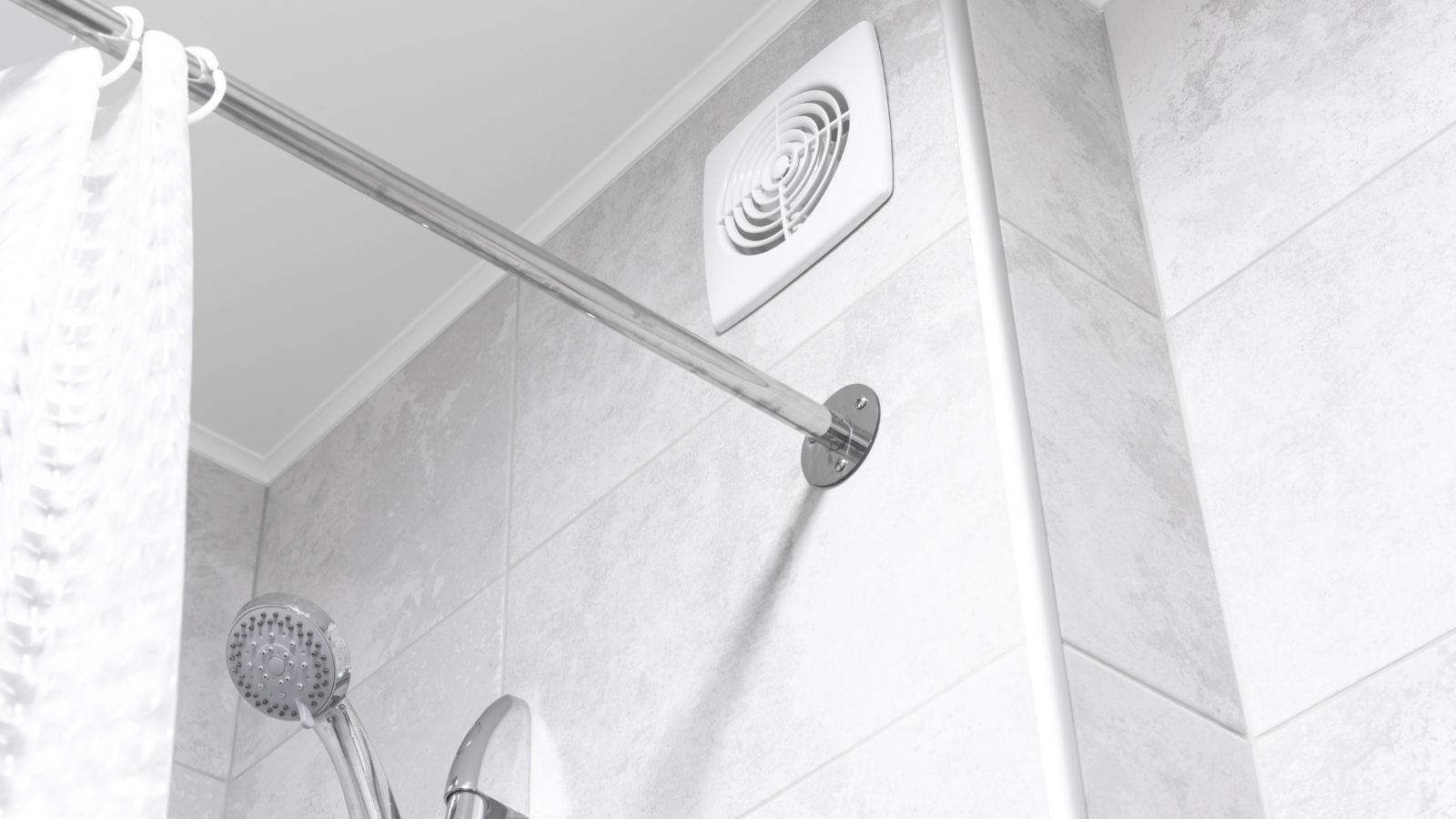
When installing a new bathroom fan or kitchen range hood, you don’t want to skip ventilation. It might seem like a minor oversight, but it can lead to serious issues. Poor ventilation can cause mould growth, structural damage, and air quality problems.
DIY Plumbing Fixes
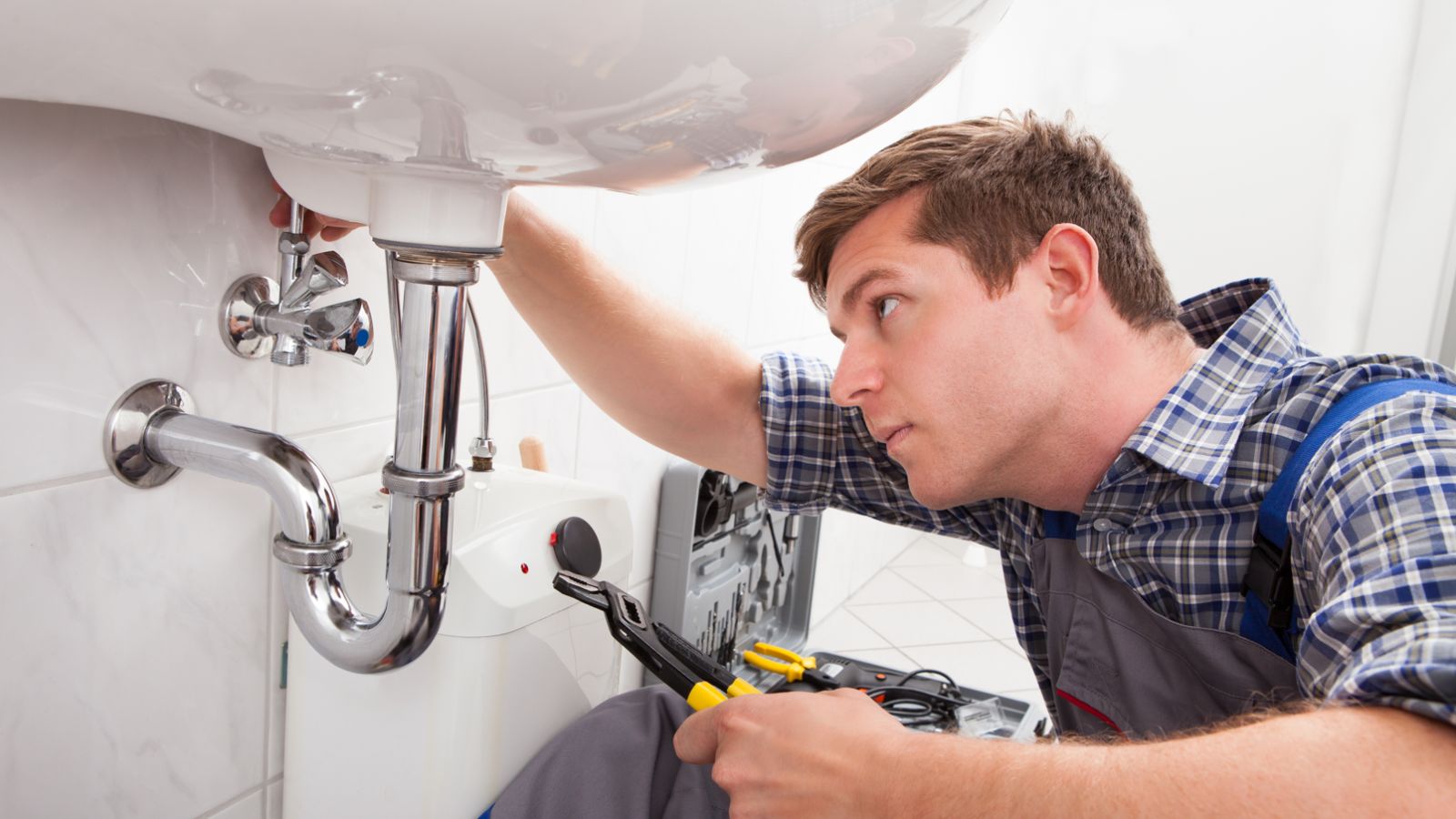
DIY plumbing repairs often seem straightforward, but a small mistake can lead to significant water damage and costly repairs, such as over-tightening connections or using the wrong materials, which can cause leaks. For anything beyond a minor clog, it’s best to call a professional plumber.
Using Cheap Paint
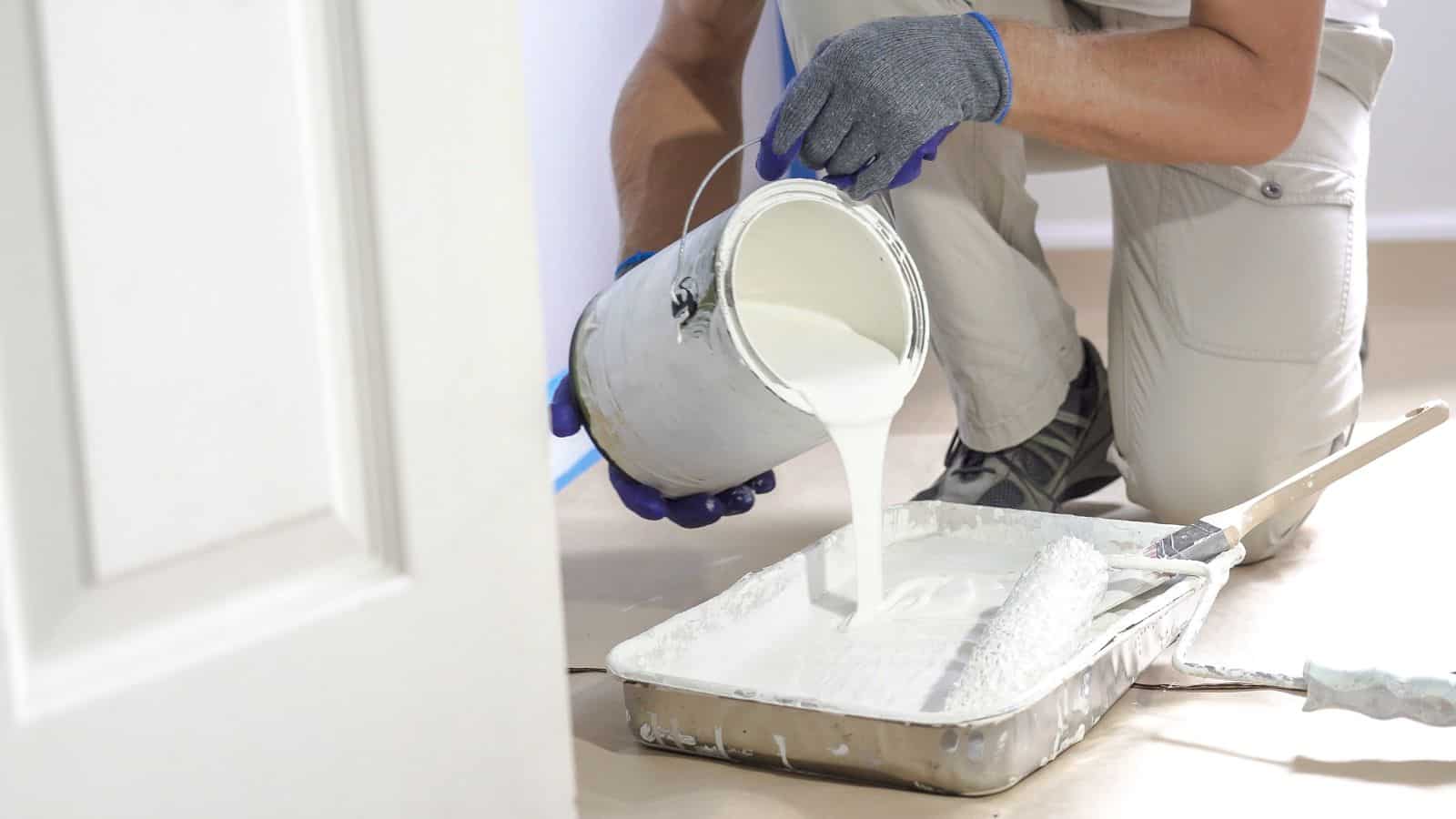
If you opt for cheap paint to save money, it might seem wise, but it usually leads to more work and expense in the long run. Cheap paint often requires multiple coats to achieve decent coverage and doesn’t hold up well over time. Investing in high-quality paint ensures better coverage, not to mention durability.
Overloading Shelves and Brackets
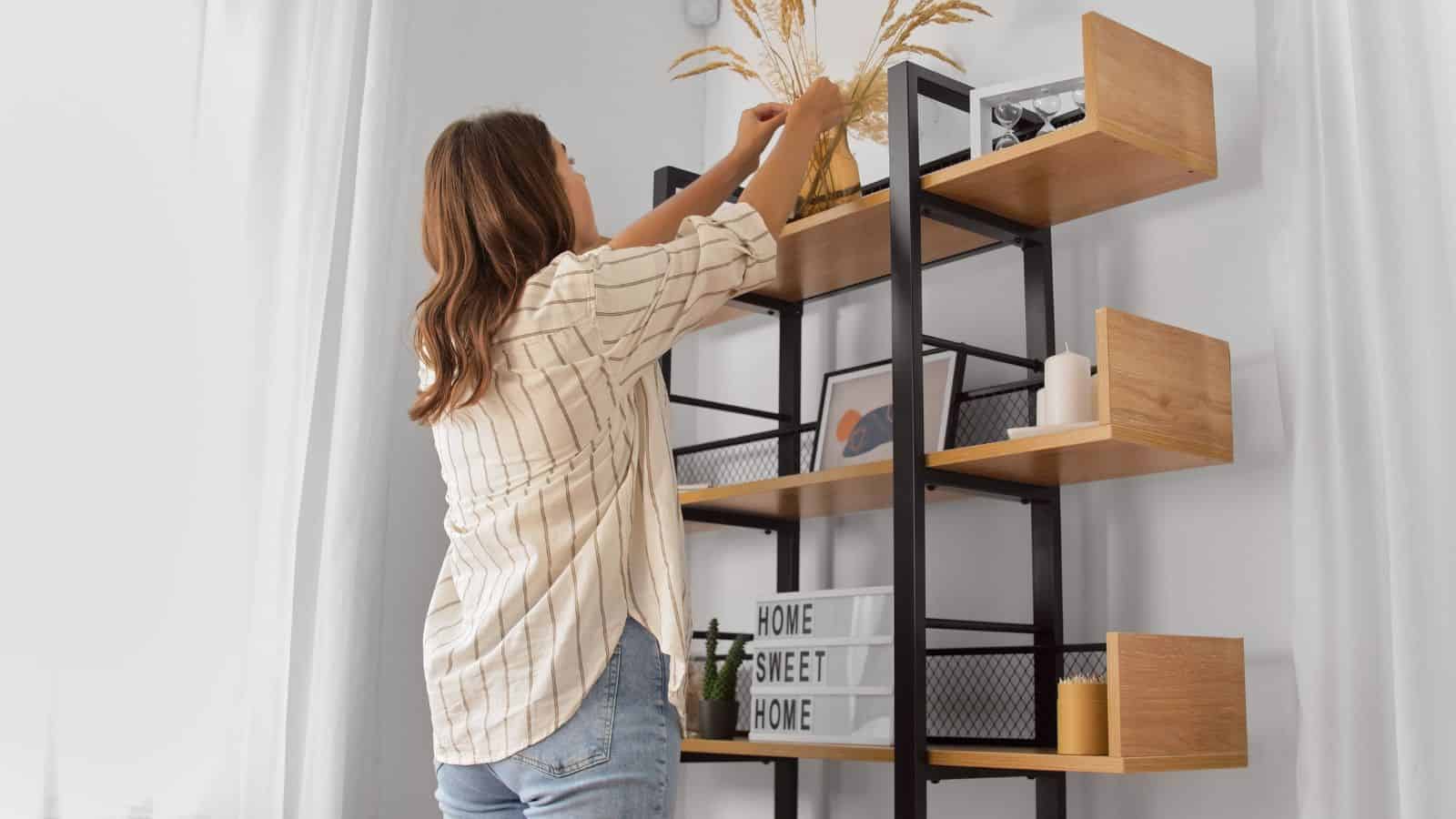
Adding shelves and brackets can create extra storage, but overloading them can cause them to collapse, damaging your walls and belongings. Always check the weight limits and ensure proper installation. Using the right anchors and supports will help distribute the weight evenly and prevent accidents.
Improperly Sealing Granite Countertops
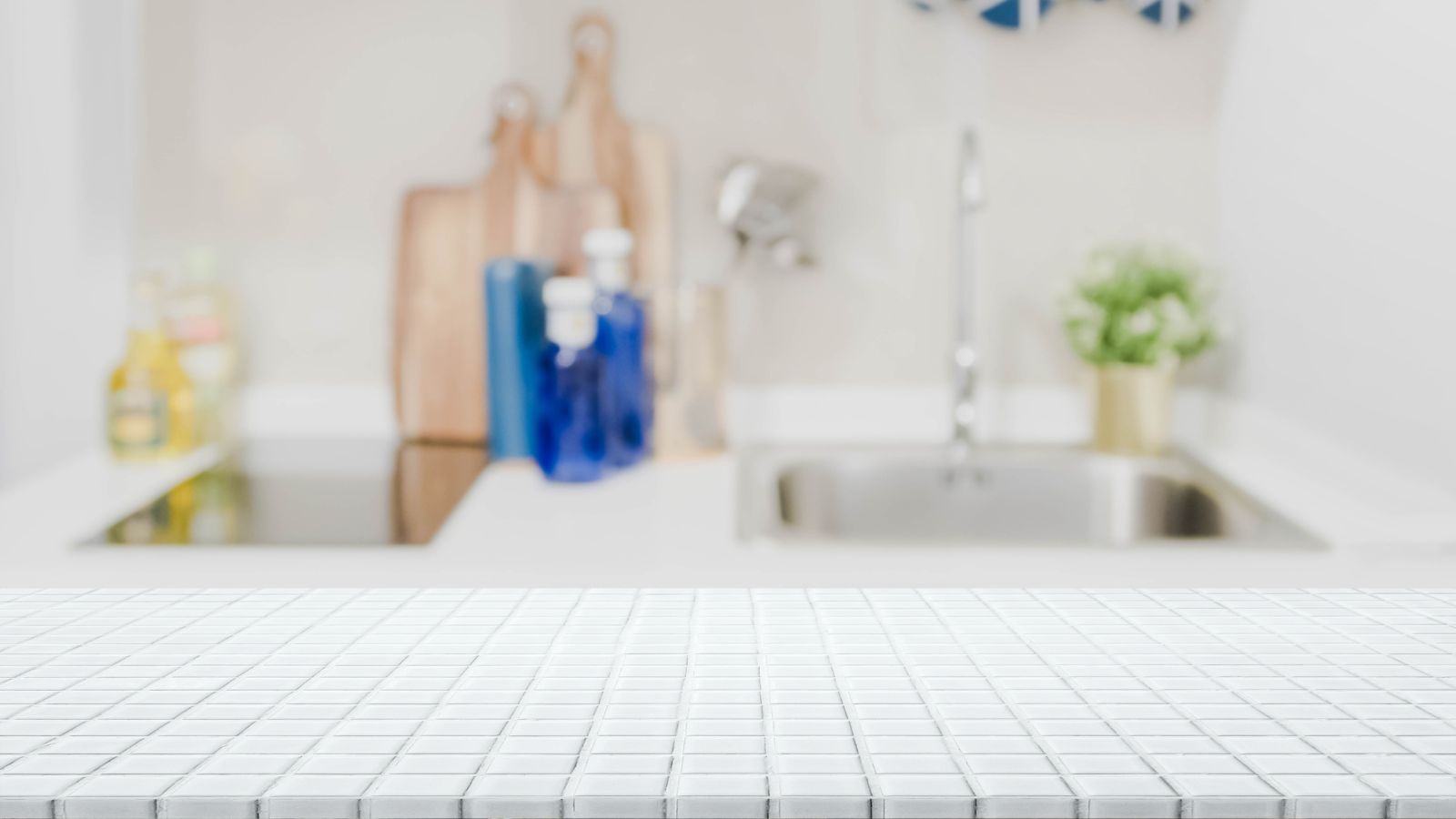
If you have granite countertops, sealing is essential to protect them from stains and damage—but doing it incorrectly or using the wrong sealant can be a bad thing. Improper sealing can lead to a cloudy appearance and reduce the stone’s natural beauty.
DIY Structural Changes
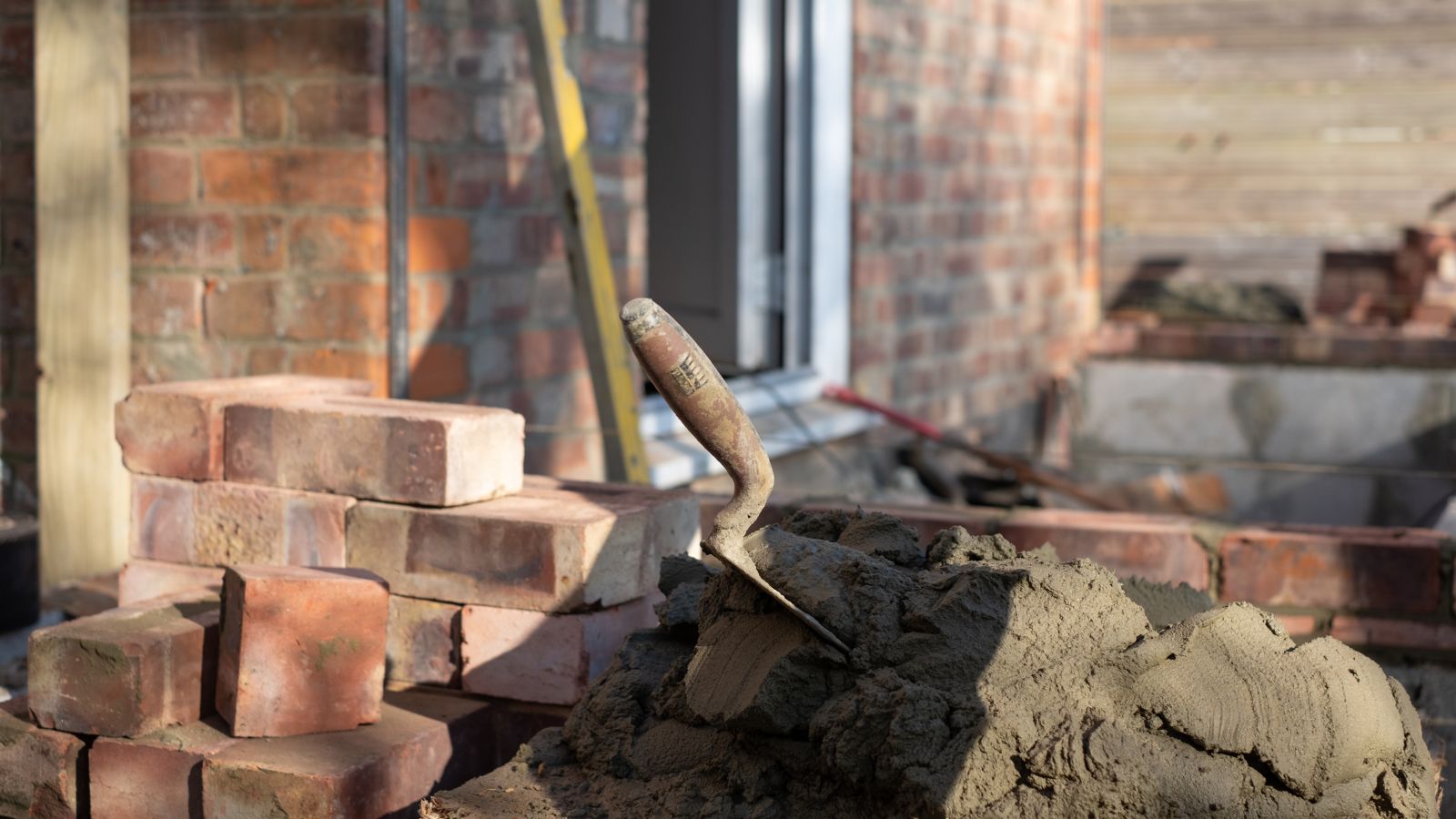
Making structural changes, such as removing walls or altering support beams, can compromise the integrity of your home. Without proper knowledge and planning, these changes can lead to serious safety issues, including collapses—always consult a structural engineer or contractor.
Installing Flooring Over Existing Flooring
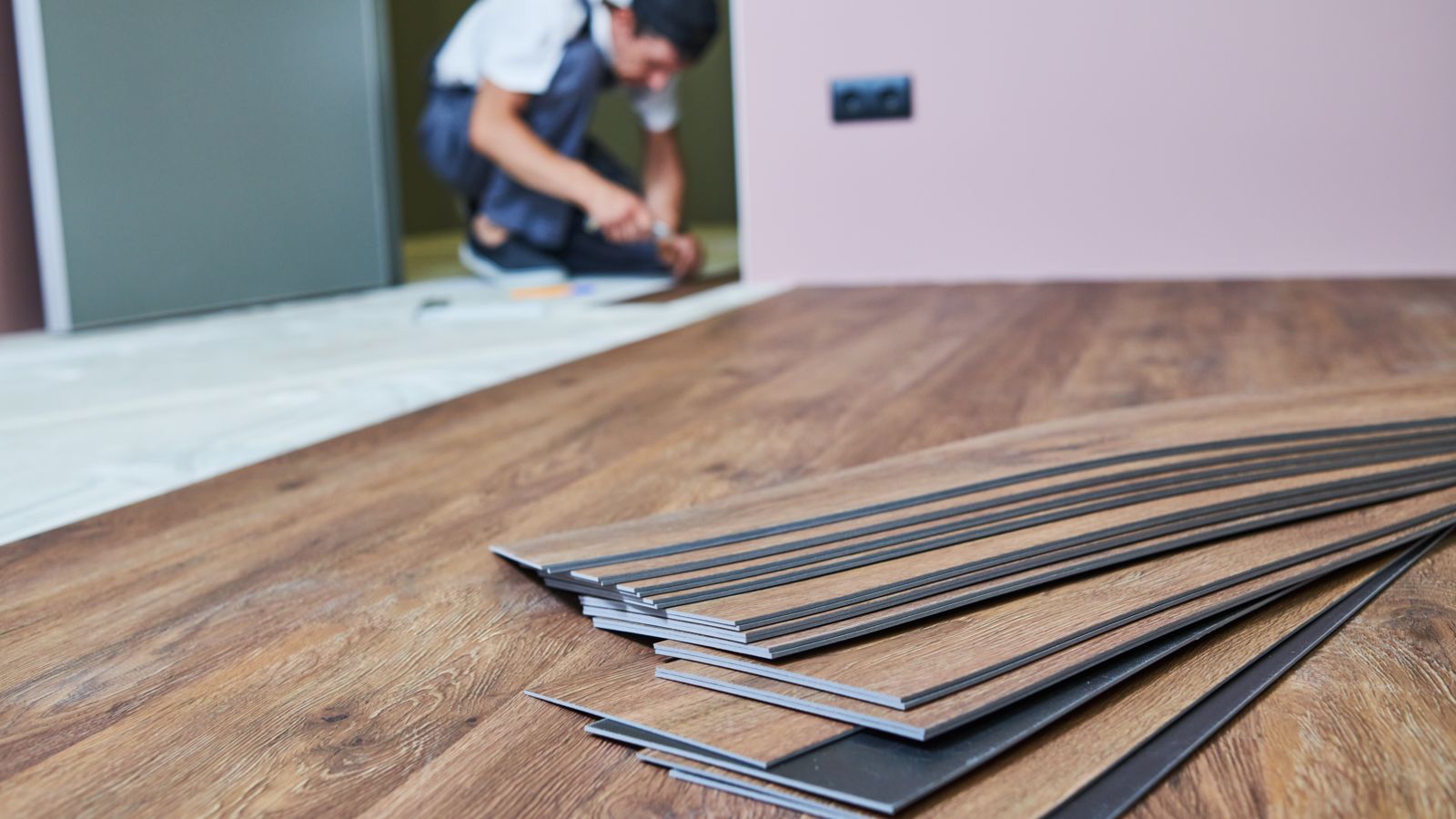
Laying new flooring over old flooring might seem like a time-saver, but it can create uneven surfaces and other issues. The added height can interfere with doors and appliances, and the old flooring could hold onto mould or moisture. It’s best to remove the old flooring first to ensure a smooth, level installation.
Misusing Insulation
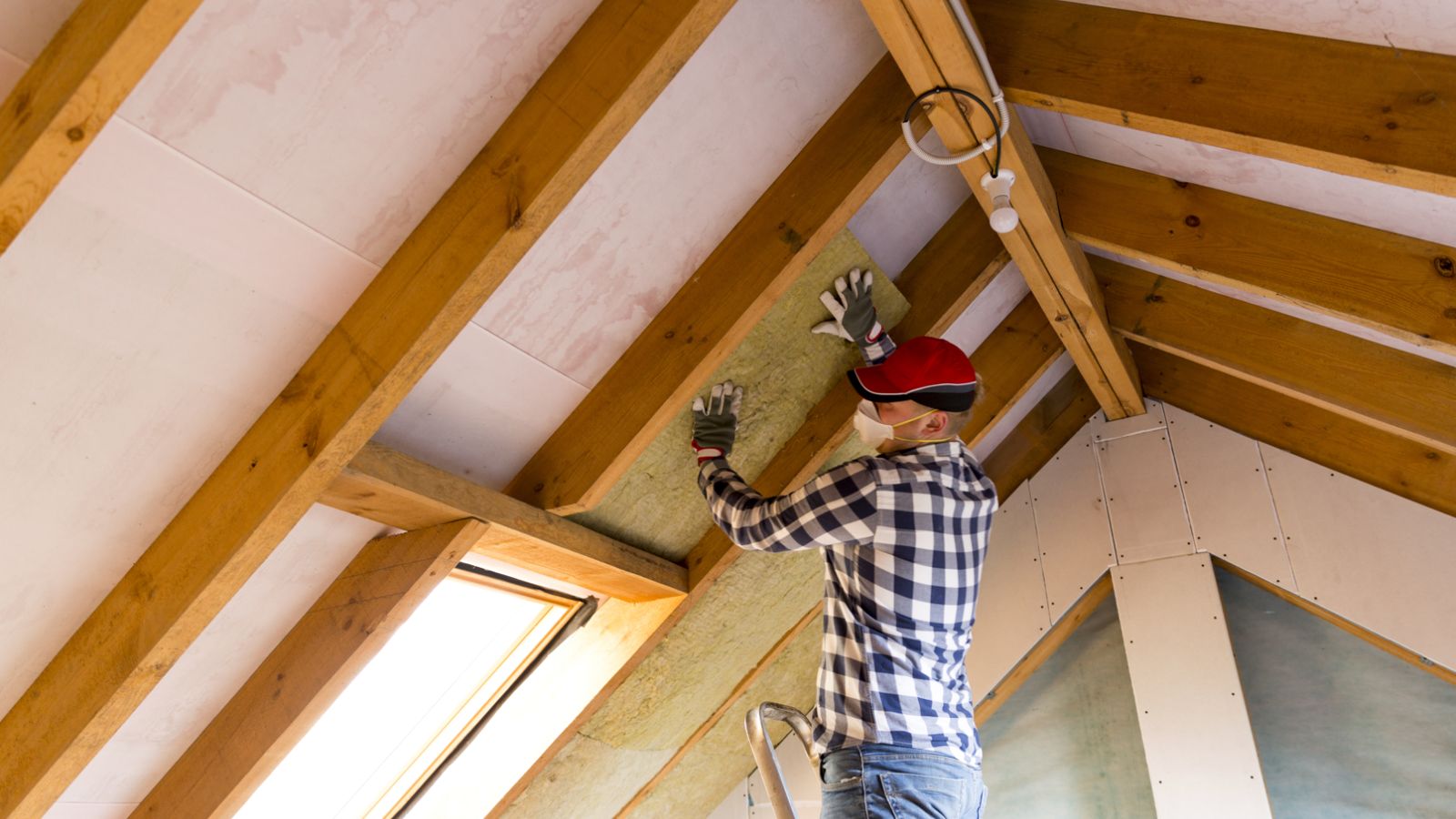
Insulation is key for energy efficiency, but installing it incorrectly can lead to moisture problems and mould growth; overstuffing insulation can reduce its effectiveness, and blocking ventilation can cause condensation issues. Follow proper guidelines for insulation installation to ensure it performs as intended.
Skipping Primer
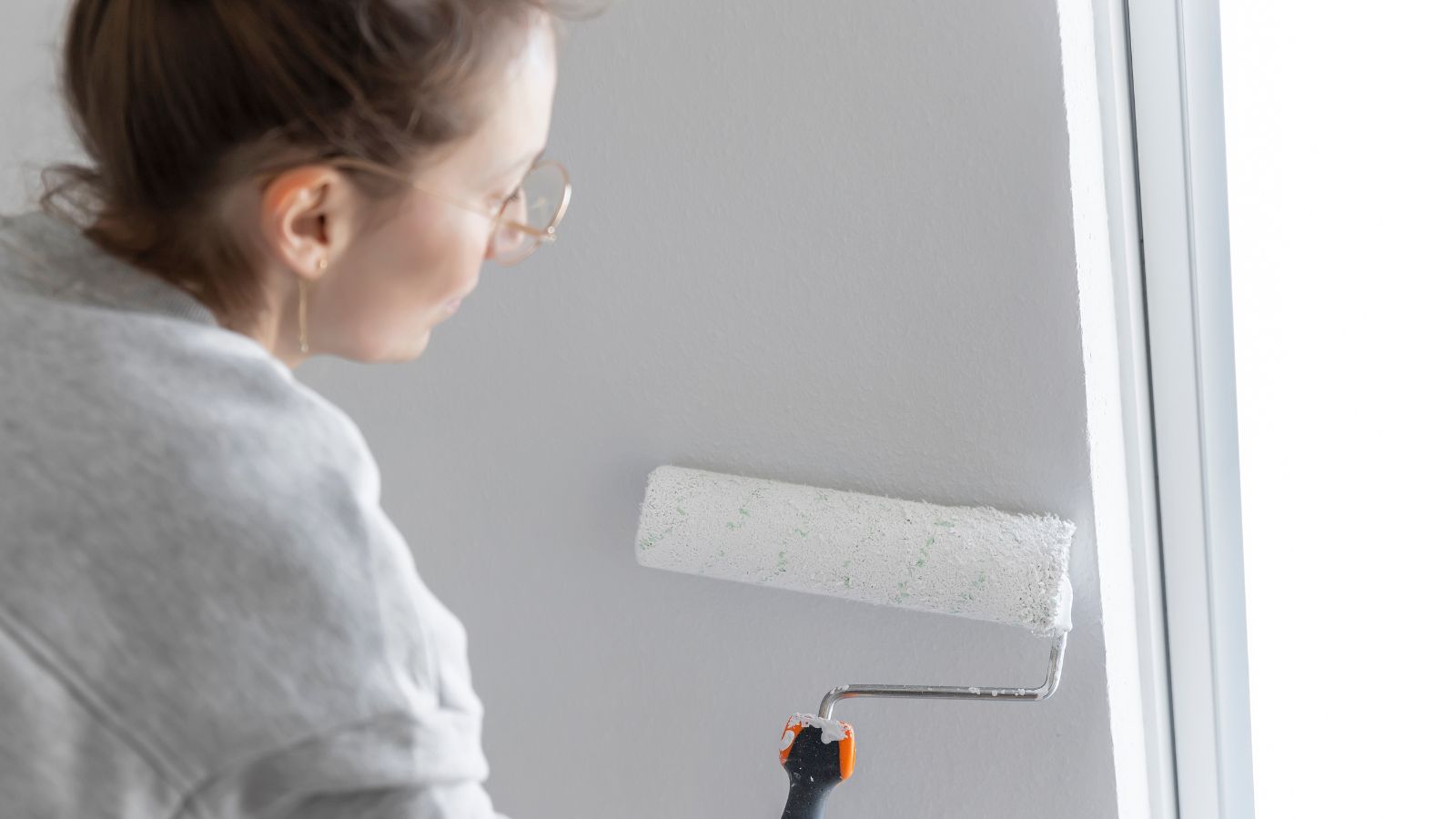
Skipping the primer when painting might save time, but it often results in an uneven finish and poor adhesion. Primer helps paint adhere better to surfaces, especially on new drywall or stained areas. Taking the extra step to apply primer ensures a smoother, more durable finish.
Using Vinegar for Everything

Vinegar is a popular DIY cleaning solution, but it’s not suitable for all surfaces; for instance, using vinegar on natural stone surfaces like granite or marble can cause etching and dullness. Always check if vinegar is safe for the surface you’re cleaning, and consider alternative cleaners when necessary.
DIY Roof Repairs
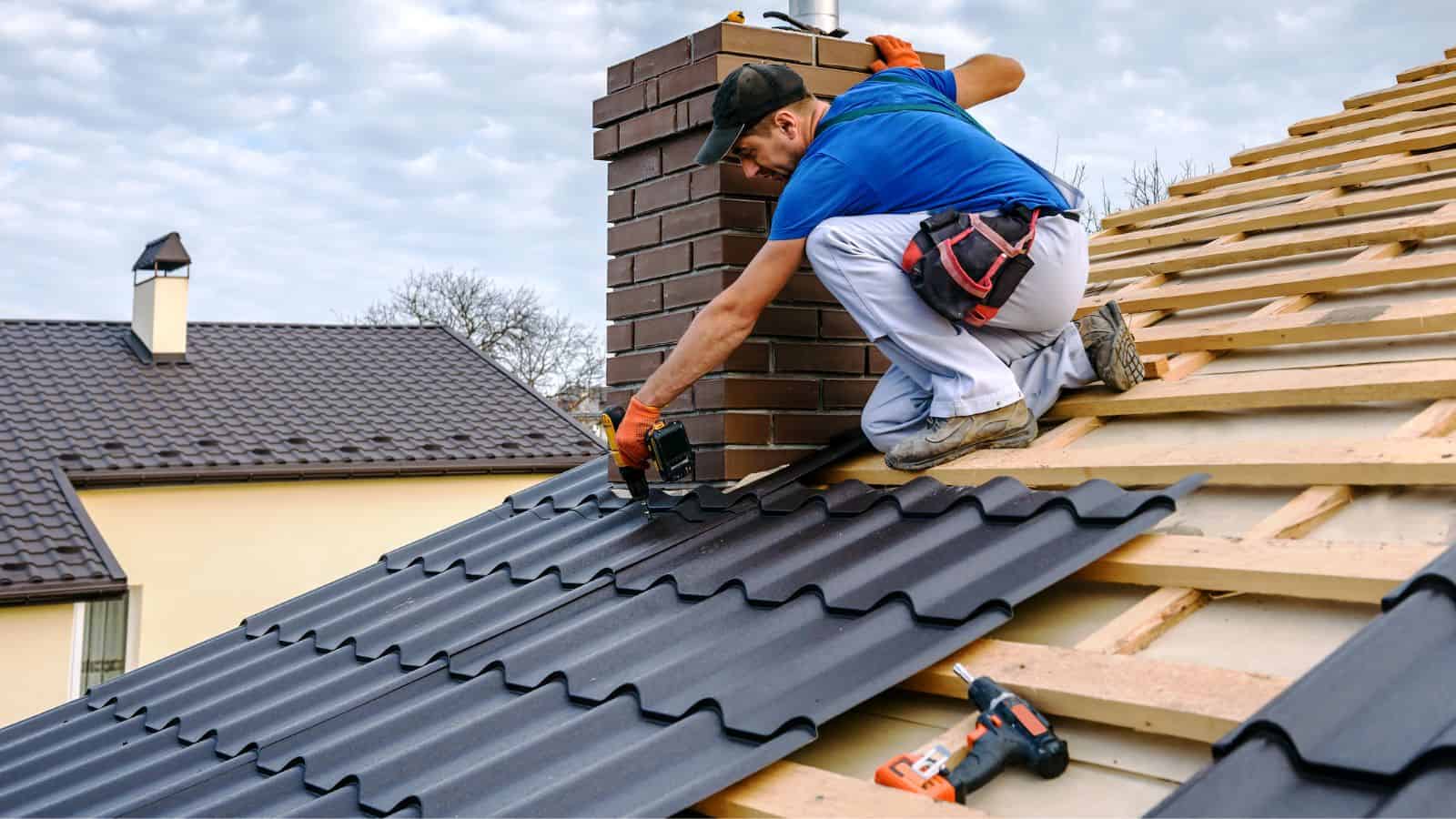
Climbing on your roof to fix a leak or replace shingles can be dangerous and may void your roof’s warranty, not to mention improper repairs can lead to more damage and potential leaks. It’s safer and more effective to hire a professional roofer to handle any repairs.
Ignoring Permits
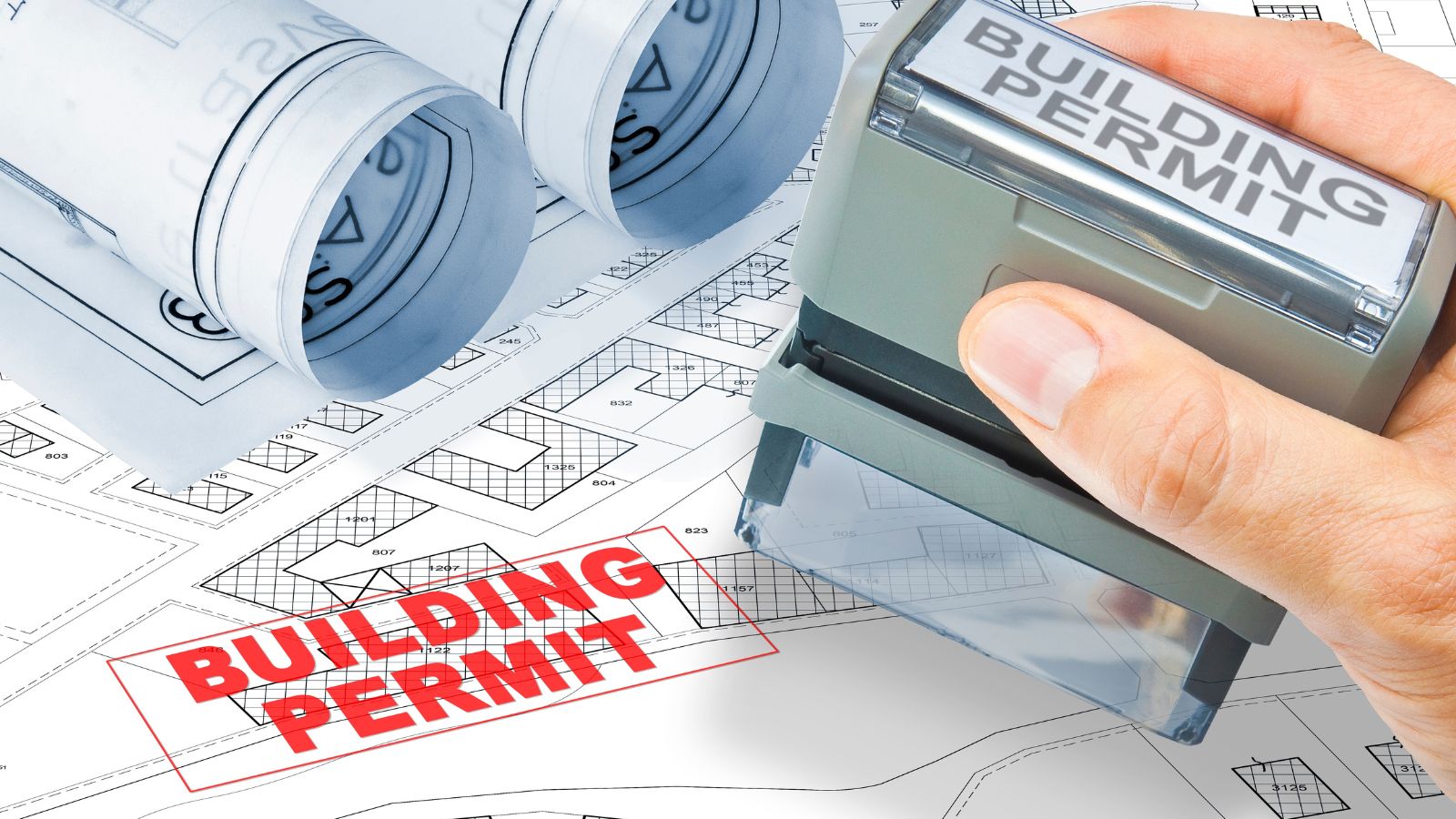
If you’re skipping permits for home improvement projects, it can lead to legal issues and problems when selling your home. Permits ensure that work meets safety codes and standards, and while obtaining permits can be a hassle, it’s essential for protecting your investment.
Using Non-Waterproof Materials in Wet Areas

Using non-waterproof materials in areas prone to moisture, like bathrooms or kitchens, can lead to mould and water damage, and materials like standard drywall or untreated wood can deteriorate quickly in these environments. Always use water-resistant or waterproof materials in wet areas to prevent these issues.
Rushing the Job
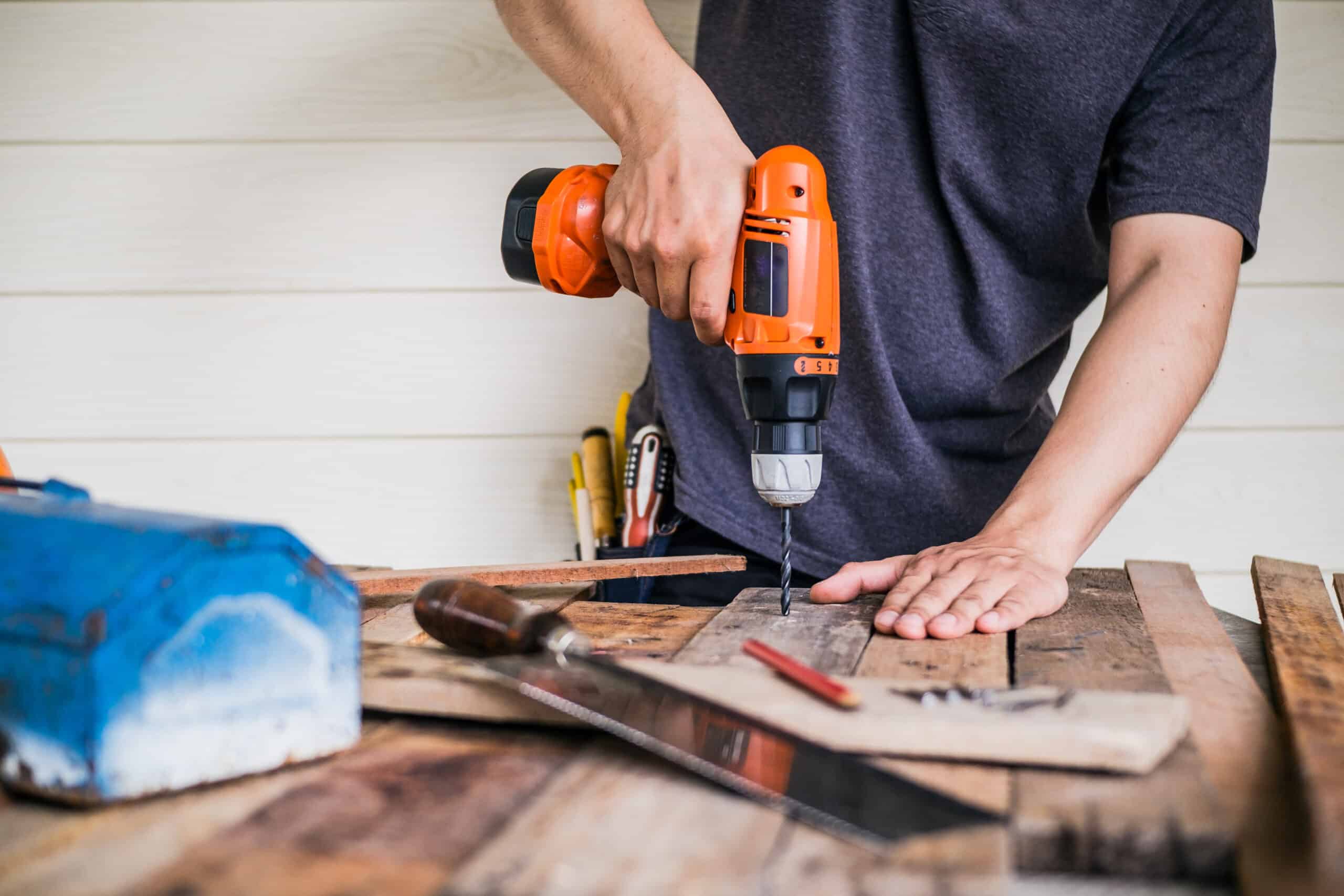
Finally, even simply rushing through a home improvement project to finish quickly often leads to mistakes and subpar results. Taking the time to plan, prepare, and execute each step carefully ensures a higher quality finish and reduces the likelihood of needing repairs or corrections later.

